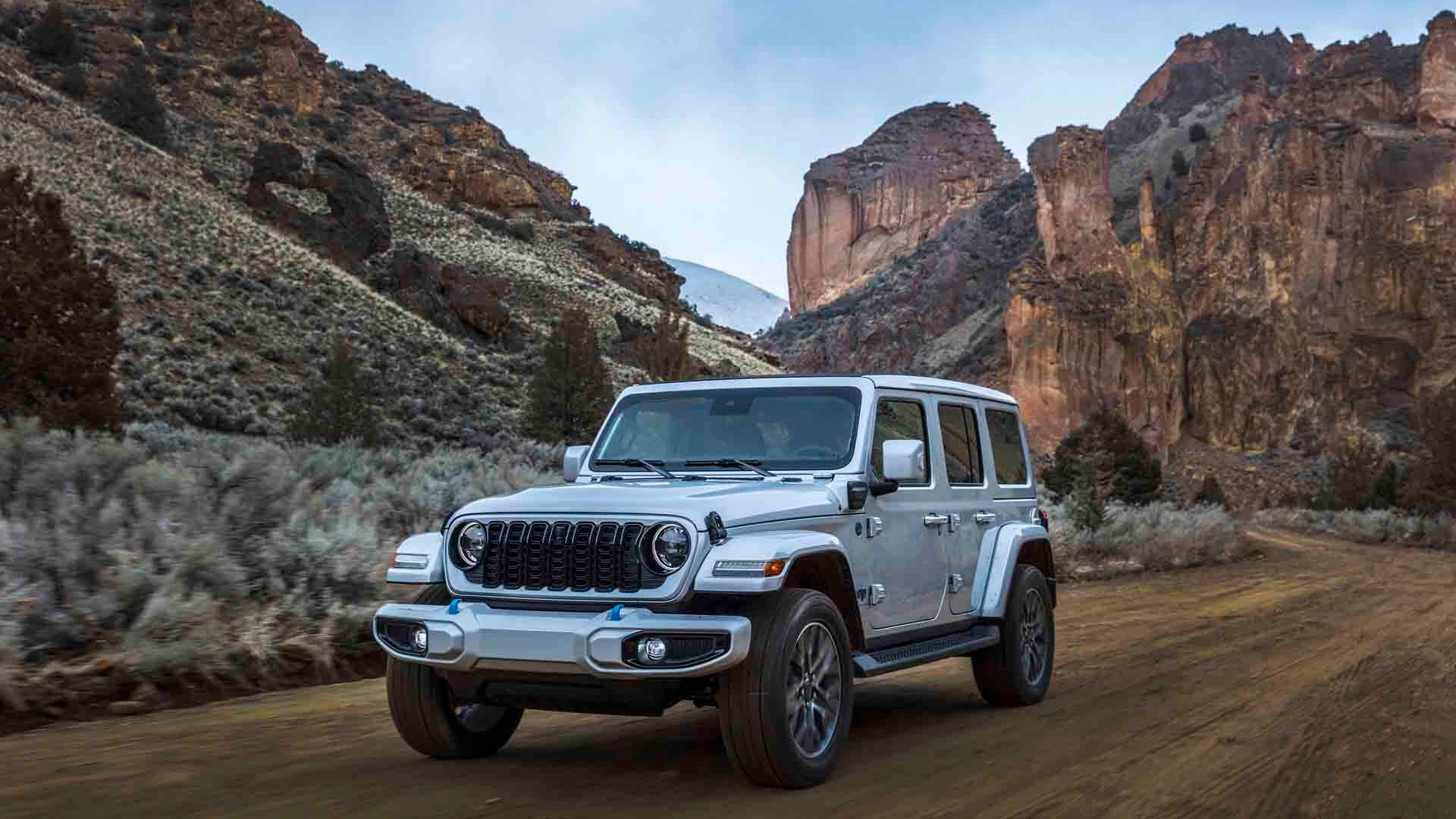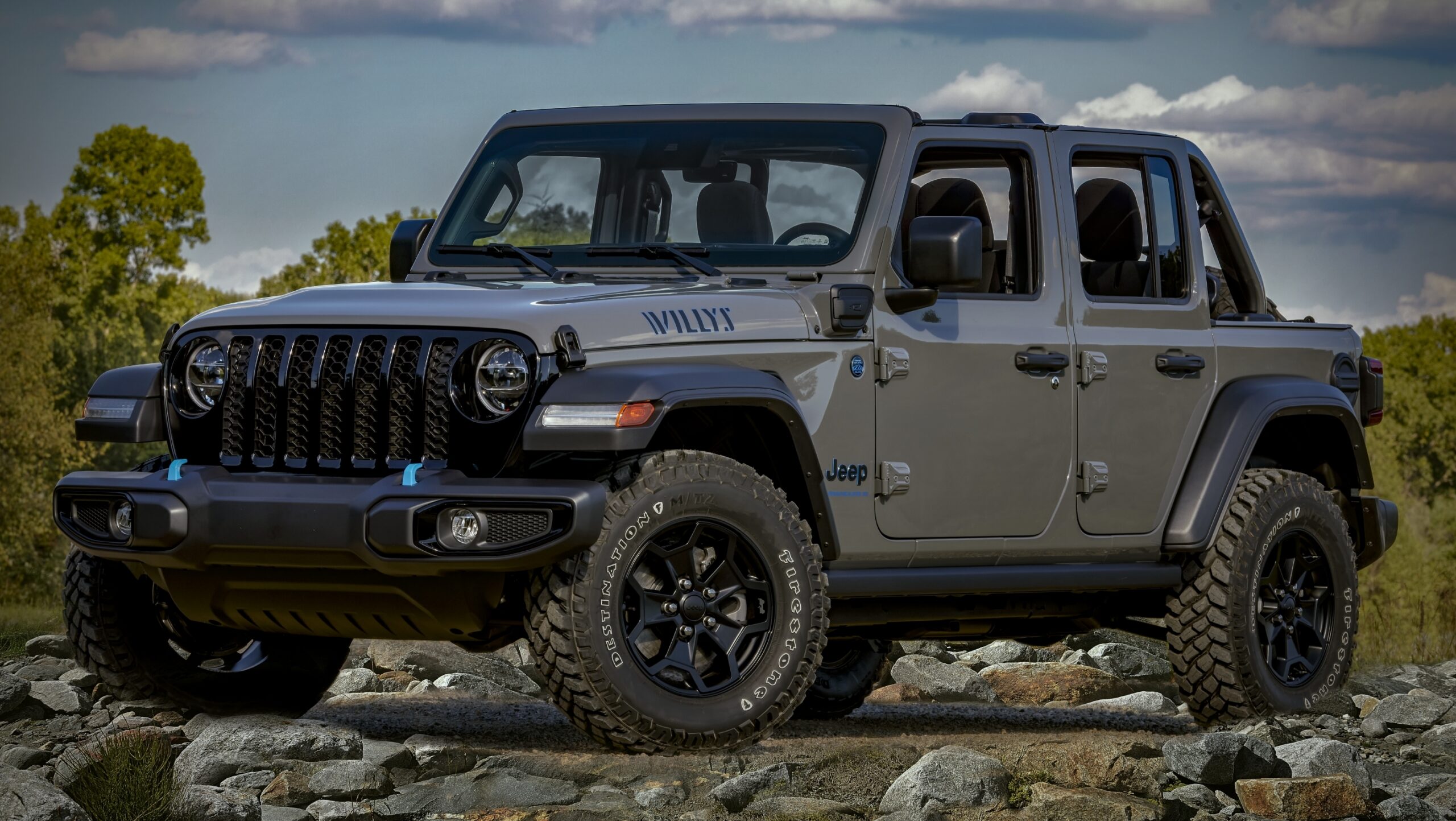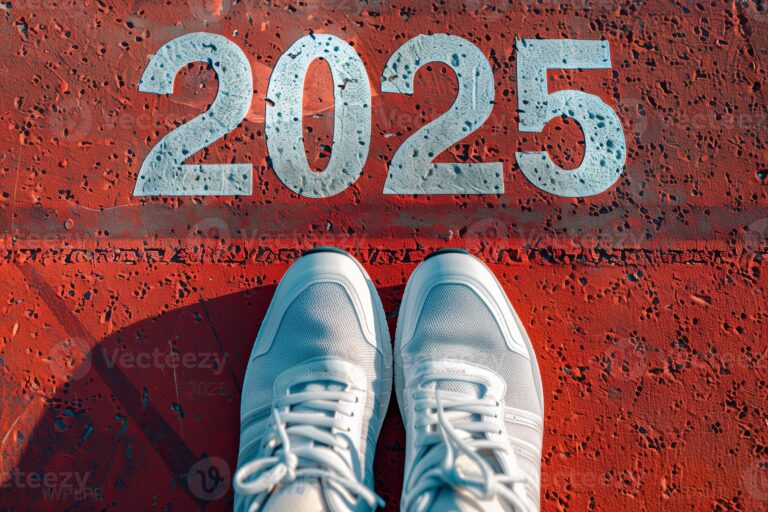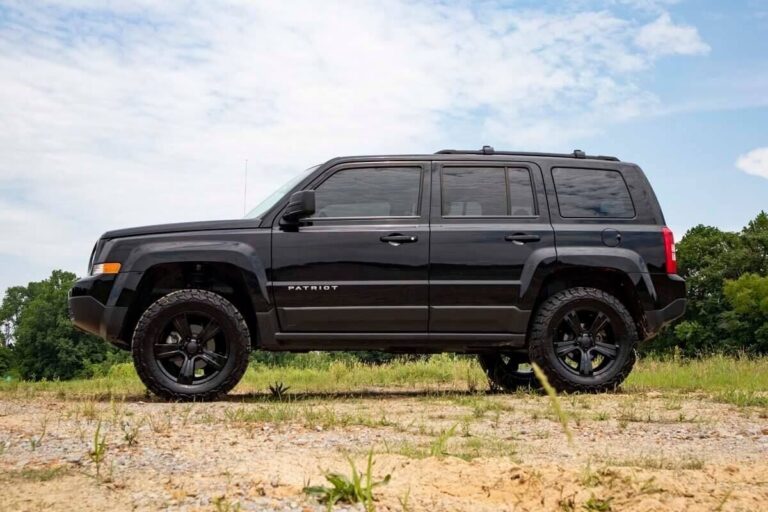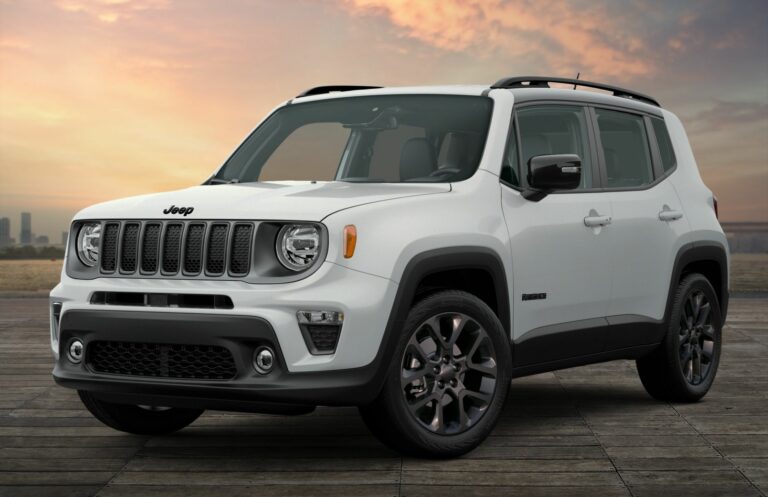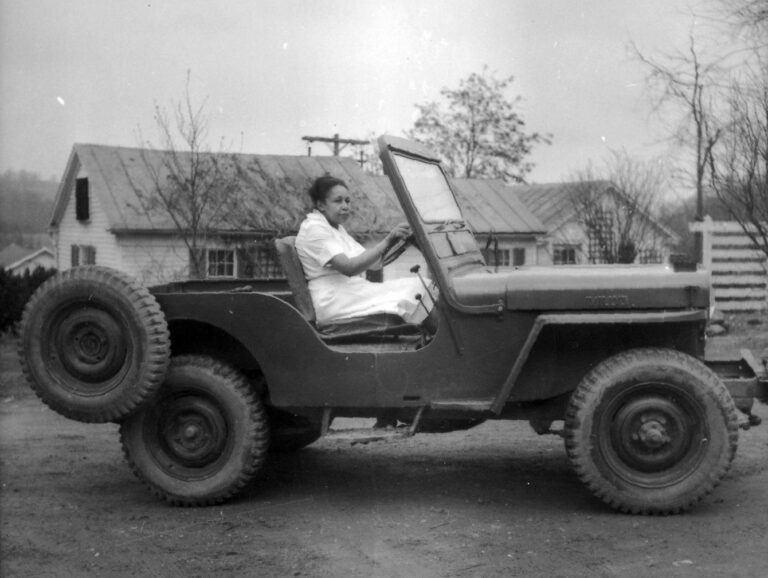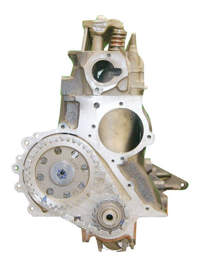Are Jeep Wrangler Reliable?
Are Jeep Wrangler Reliable? jeeps.truckstrend.com
The Jeep Wrangler. Just the name conjures images of rugged trails, open-air freedom, and unparalleled off-road capability. It’s an icon, a lifestyle, and for many, a dream vehicle. But beneath the allure of adventure lies a critical question for prospective and current owners alike: Are Jeep Wranglers reliable? This isn’t a simple yes or no answer. The concept of "reliability" for a vehicle designed primarily for extreme conditions often differs significantly from that of a conventional passenger car. This comprehensive guide will delve deep into the reliability of the Jeep Wrangler, exploring its common issues, its surprising strengths, and what owners can do to maximize its longevity and performance.
Understanding "Reliability" in the Context of a Jeep Wrangler
Are Jeep Wrangler Reliable?
Before we dissect the Wrangler’s dependability, it’s crucial to define what "reliability" means for this unique vehicle. For a Toyota Camry, reliability typically means years of trouble-free commuting with minimal maintenance beyond routine service. For a Jeep Wrangler, particularly one that sees off-road action, reliability encompasses:
- Durability: Its ability to withstand harsh environments and abuse without structural failure.
- Repairability: The ease and cost of fixing common issues.
- Part Availability: The abundance of OEM and aftermarket parts.
- Community Support: The vast network of owners and experts who can provide guidance and assistance.
- Longevity: Its potential to accumulate high mileage, even if it requires more frequent attention to specific components.
![]()
A Wrangler might require more frequent attention to certain components than a conventional car, but its ability to be fixed, modified, and continue performing in demanding situations is a form of reliability in itself. It’s a vehicle built for a purpose, and that purpose often involves putting stress on its components.
Common Reliability Concerns and Areas of Weakness
The Jeep Wrangler, like any vehicle, has its known quirks and common issues that prospective buyers and current owners should be aware of. While not every Wrangler will experience all of these, they represent the most frequently reported concerns:
1. The Infamous "Death Wobble"
Perhaps the most talked-about issue is the "death wobble." This terrifying phenomenon involves a violent, uncontrollable shaking of the front end, usually triggered by hitting a bump at highway speeds. It’s primarily associated with solid front axle vehicles like the Wrangler (especially the JK generation) and is often caused by worn or loose steering and suspension components such as:

- Track bar bushings
- Ball joints
- Tie rod ends
- Drag link
- Steering stabilizer (though this is more a band-aid than a fix for the root cause)
While alarming, the death wobble is almost always fixable by diagnosing and replacing the worn components. It rarely indicates a catastrophic structural failure, but it is a significant safety concern that needs immediate attention.
2. Electrical Gremlins
Modern Wranglers, particularly the JL generation with its increased technology, can sometimes suffer from electrical issues. These can range from minor annoyances like infotainment system glitches (Uconnect freezing, Apple CarPlay/Android Auto connectivity issues) to more significant problems like sensor failures (e.g., ESS – Engine Stop/Start system, TPMS), wiring harness issues, or battery drain. These are often complex to diagnose and may require dealership intervention.
3. Oil Leaks
Various engines used in the Wrangler (e.g., 3.8L, 3.6L Pentastar) have been known to develop oil leaks. Common culprits include:
- Oil cooler housing: Particularly on the 3.6L Pentastar, the plastic oil cooler housing can crack, leading to coolant and/or oil leaks.
- Valve cover gaskets: A common wear item on many engines.
- Front/rear main seals: Less common but more expensive to fix.
While not always immediately critical, oil leaks should be addressed to prevent fluid loss and potential damage to other components.
4. Water Leaks
Given the Wrangler’s removable tops and doors, water leaks are a common complaint, especially in models with soft tops or freedom panels. These leaks can originate from:
- Door seals
- Top seals (around the hardtop panels or soft top seams)
- Windshield cowl
- Drain plugs
While usually not mechanically detrimental, persistent water leaks can lead to mildew, electrical issues, and rust in the cabin if not managed.
5. Rust
Being an off-road vehicle often exposed to the elements, mud, and road salt, Wranglers are susceptible to rust. Common areas include:
- Frame (especially on older TJ/YJ models)
- Body mounts
- Floor pans
- Suspension components
- Hinges and fasteners
Regular washing, especially after off-roading or driving in salty conditions, and applying rust preventative coatings can mitigate this.
6. Powertrain Concerns (Less Common)
While the engines (like the 3.6L Pentastar V6) and transmissions are generally robust, some owners have reported issues:
- 3.6L Pentastar Tick: A ticking noise from the engine can sometimes indicate a worn rocker arm or camshaft follower, an issue that became less prevalent in later iterations of the engine.
- Transmission Shifting Issues: Less common, but some owners have reported erratic shifting or rough engagement, particularly with the automatic transmissions.
Strengths and Aspects Contributing to Wrangler’s Longevity
Despite the aforementioned concerns, the Jeep Wrangler possesses inherent strengths that contribute to its long-term viability and perceived reliability among its dedicated fanbase:
- Robust Frame-on-Body Construction: Unlike unibody vehicles, the Wrangler’s body-on-frame design is incredibly durable and capable of withstanding significant torsional forces, making it ideal for off-roading and highly resistant to structural damage from impacts.
- Proven Powertrains: Engines like the 3.6L Pentastar V6 are widely used across Stellantis vehicles and have proven to be generally reliable workhorses when properly maintained. The availability of diesel and 4xe hybrid options in newer models adds diversity and efficiency.
- Ease of Repair and Modification: The Wrangler’s relatively simple mechanical design (compared to many modern vehicles) makes it surprisingly easy for DIY enthusiasts to work on. Its modular nature and immense aftermarket support mean parts are readily available, and repairs or upgrades can often be done without specialized tools.
- Strong Resale Value: Jeep Wranglers consistently hold their value exceptionally well. This strong resale market is partly due to demand, but also reflects a perception of durability and the ability of these vehicles to keep going, often being passed down through generations of owners.
- Dedicated Owner Community: The global Jeep community is unparalleled. This vast network provides invaluable support, troubleshooting advice, modification guides, and a ready market for parts and used vehicles. This community often turns potential reliability headaches into solvable projects.
Factors Influencing Wrangler Reliability
Several factors significantly impact the real-world reliability of a Jeep Wrangler:
- Model Year and Generation: Newer models (JL generation, 2018-present) generally benefit from improved manufacturing processes, refined powertrains, and addressed issues from previous generations (JK 2007-2018, TJ 1997-2006). However, new generations can have their own initial "bugs" that are typically resolved through software updates or minor revisions.
- Maintenance Habits: This is paramount. A Wrangler, especially one used for off-roading, requires diligent and often more frequent maintenance than suggested by the factory schedule. Regular fluid changes (engine oil, transmission, transfer case, differentials), grease point lubrication, and proactive inspection of steering and suspension components are crucial.
- Usage and Driving Style: A Wrangler that serves as a daily commuter will likely experience fewer issues than one regularly pushed to its limits on challenging off-road trails. Extreme off-roading puts immense stress on the drivetrain, suspension, and chassis, accelerating wear and tear.
- Modifications: Lift kits, larger tires, heavy bumpers, winches, and other aftermarket modifications can significantly impact reliability if not installed correctly or if the stock components are not adequately upgraded to handle the added stress. Poorly chosen or installed modifications are a common source of problems like the death wobble.
- Previous Owner History: For used Wranglers, understanding how the previous owner used and maintained the vehicle is critical. A Wrangler that has been abused, poorly maintained, or subjected to amateur modifications will undoubtedly be less reliable.
Tips for Maximizing Jeep Wrangler Reliability
For owners and prospective buyers, there are actionable steps to enhance a Wrangler’s reliability:
- Adhere to and Exceed Maintenance Schedules: Don’t just follow the manual; consider more frequent oil changes, differential fluid changes, and thorough inspections, especially if you off-road.
- Regular Inspections: Get under the vehicle frequently. Check for leaks, loose bolts, worn bushings, and signs of rust. Pay close attention to steering and suspension components.
- Address Recalls Promptly: Stay informed about any factory recalls and have them addressed by a dealership immediately.
- Choose Reputable Mechanics/Installers: For repairs or modifications, opt for shops with experience specifically with Jeeps and off-road vehicles. Proper installation is key.
- Be Mindful of Modifications: Research thoroughly before modifying. Understand the impact on stock components and upgrade supporting parts as needed (e.g., steering components for larger tires).
- Understand Your Vehicle’s Quirks: Wranglers have character. Learn to distinguish normal noises from warning signs.
- Proper Break-in: For new Wranglers, follow the manufacturer’s break-in recommendations to ensure components seat properly.
- Wash Thoroughly: Especially after off-roading or driving in winter, wash the undercarriage to remove corrosive mud, dirt, and salt.
Estimated Ownership and Potential Repair Costs for Jeep Wrangler
Understanding the financial aspect of Wrangler ownership is crucial for assessing its "reliability" from a practical standpoint. While the vehicle itself may be robust, certain common issues and the general nature of off-road vehicles can lead to specific costs.
| Category | Estimated Annual Cost (USD) | Description |
|---|---|---|
| Routine Maintenance | $500 – $800+ | Oil changes, tire rotations, fluid checks, filter replacements, minor inspections. (More if heavy off-roading) |
| Common Repair (Individual) | ||
| Death Wobble Fix | $500 – $1,500+ | Replacing worn steering/suspension components (track bar, ball joints, tie rods). Can vary greatly. |
| Oil Cooler Housing (3.6L) | $400 – $800 | Parts and labor for replacing the plastic oil cooler. |
| Water Leak Diagnosis/Repair | $100 – $500+ | Depends on the source and severity. Can be a DIY fix (new seals) or professional (body shop work). |
| Electrical Issues | $200 – $1,000+ | Diagnosis time is often costly. Sensor replacements, module reprogramming, wiring harness repair. |
| Suspension/Bushings | $300 – $700 (per axle) | Replacing worn control arm bushings, shock absorbers, or spring insulators due to wear or off-road use. |
| Insurance Premiums | $1,200 – $2,500+ | Varies widely based on driver age, location, model, and coverage. Wranglers can be slightly higher due to theft rates and perceived risk. |
| Fuel Costs | $2,000 – $4,000+ | Highly dependent on mileage, fuel type (gas/diesel/hybrid), and local prices. Wranglers are not known for exceptional fuel economy. |
| Tire Replacement | $800 – $1,500+ (set of 4) | All-terrain or mud-terrain tires are more expensive and may wear faster than standard street tires. |
| Modifications (Optional) | Varies wildly | Lift kits ($500-$5,000+), larger tires, bumpers, winches, etc. Can also incur installation costs. |
| Resale Value Retention | Excellent | Wranglers typically hold 60-70%+ of their value after 3 years, mitigating overall ownership cost despite potential repairs. |
Note: These are estimated costs and can vary significantly based on location, specific parts needed, mechanic labor rates, and the condition of the vehicle.
Frequently Asked Questions (FAQ)
Q1: Is the "death wobble" common in all Jeep Wranglers?
A1: While the death wobble is most commonly associated with the JK generation (2007-2018), it can technically occur in any solid front axle vehicle, including other Wrangler generations (TJ, YJ, JL) if steering and suspension components become worn or if modifications are not done correctly. It’s not a universal guarantee, but it’s a known potential issue.
Q2: Do Wranglers rust easily?
A2: Wranglers are more susceptible to rust than many passenger vehicles due to their body-on-frame construction and common exposure to off-road elements, mud, and road salt. Older models (TJ, YJ) are more prone to frame rust. Newer models (JK, JL) have better rust prevention, but proper washing, especially the undercarriage, is still crucial.
Q3: Are Jeep Wranglers expensive to maintain?
A3: Routine maintenance costs are comparable to other SUVs. However, specific common repairs (like the death wobble fix or oil cooler replacement) can be more expensive. If you factor in the potential for wear and tear from off-roading, and the cost of specialty tires, overall ownership can be higher than a typical sedan or crossover.
Q4: How many miles can a Jeep Wrangler last?
A4: With proper maintenance and care, many Jeep Wranglers can easily last 150,000 to 200,000 miles or more. The robust frame and generally reliable powertrains are designed for longevity. The key is addressing issues proactively and not neglecting maintenance, especially if the vehicle is used off-road.
Q5: Is the 3.6L Pentastar V6 engine reliable?
A5: Yes, the 3.6L Pentastar V6, which powers many Wranglers, is generally considered a reliable engine. It has been used across a wide range of Stellantis (formerly FCA) vehicles for over a decade. While early versions had some known issues (like the "tick" or oil cooler leaks), these have largely been addressed or are manageable. Regular oil changes and maintenance are crucial for its longevity.
Q6: Are newer Wranglers (JL generation) more reliable than older ones (JK)?
A6: Generally, yes. The JL generation (2018-present) has benefited from technological advancements, refined manufacturing processes, and improvements based on feedback from the JK. While initial model years of any new generation can have minor kinks, the JL often scores better in consumer reliability surveys than its predecessor, particularly regarding powertrain refinement and interior technology.
Conclusion
So, are Jeep Wranglers reliable? The nuanced answer is: they are reliable for their intended purpose, but not in the conventional sense of a trouble-free commuter car. The Jeep Wrangler is a purpose-built machine, designed to tackle the toughest terrains and offer an unparalleled open-air driving experience. Its reliability stems from its robust construction, ease of repair, and the immense support of its passionate community.
While Wranglers do have common quirks and potential issues that require attention – often more frequently than a typical car – these are usually well-documented and fixable. Owning a Wrangler means embracing a vehicle with character, understanding its specific needs, and committing to diligent maintenance. For those who understand this unique proposition, the Jeep Wrangler offers a level of durability, capability, and sheer enjoyment that few other vehicles can match, making it a reliable partner for adventure for years to come.
